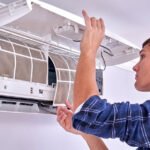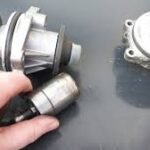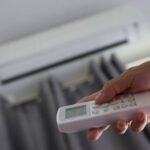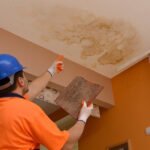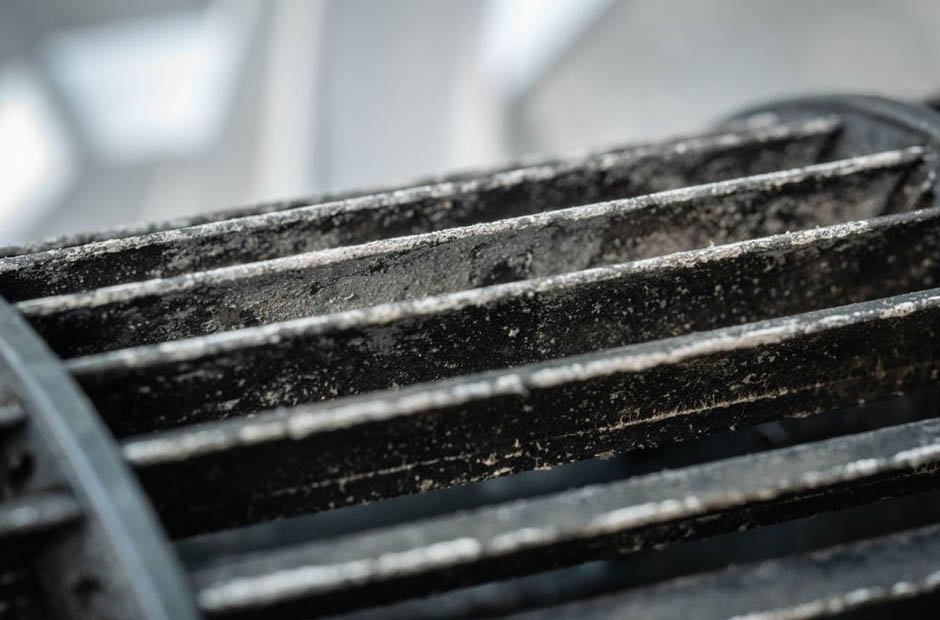
Mold and mildew are common problems in homes, especially in areas with high humidity or inadequate ventilation. These fungi damage property and pose significant health risks, especially for individuals with respiratory conditions. Maintaining optimal indoor air quality and moisture levels is crucial to preventing their growth. HVAC (heating, ventilation, and air conditioning) systems play a vital role in regulating temperature, humidity, and airflow, which are the primary factors affecting mold and mildew proliferation. We will explore how HVAC services help prevent the spread of these unwanted contaminants, ensuring a healthier living environment.
Regulating Indoor Humidity Levels
One of the key roles of HVAC services is controlling indoor humidity, a critical factor in mold and mildew growth. Mold thrives in moist environments, and areas with high humidity provide the perfect breeding ground. An HVAC system equipped with a dehumidification feature works to remove excess moisture from the air, maintaining an ideal indoor humidity level between 30% and 50%. This range is considered optimal to prevent mold and mildew from taking root. If the humidity exceeds this threshold, moisture can accumulate on surfaces such as walls, floors, and ceilings, providing the damp conditions that mold needs to grow. By ensuring regular HVAC maintenance, homeowners can keep their systems functioning efficiently, preventing an environment conducive to mold development.
Air conditioners, a part of most HVAC systems, also play an essential role in dehumidifying air. As they cool the indoor air, they naturally remove some moisture, reducing the chance of condensation forming on surfaces. HVAC services typically include checking for proper drainage ensuring that moisture extracted by the system is effectively removed. In homes with insufficient dehumidification capabilities, additional equipment like whole-house dehumidifiers can be integrated into the HVAC system. Proper calibration of the system’s settings ensures that humidity is constantly monitored and adjusted, preventing conditions where mold and mildew thrive.
Improving Air Circulation and Ventilation
Proper ventilation is another important aspect of HVAC systems in the battle against mold and mildew. Poorly ventilated spaces trap moisture, promoting mold growth in basements, bathrooms, and kitchens. HVAC services ensure ventilation systems work properly to encourage airflow throughout the home. Good airflow removes moisture-laden air from enclosed spaces, reducing the likelihood of mold spores settling on surfaces. Moreover, when fresh, filtered air circulates freely within the home, it dilutes the concentration of airborne mold spores and other allergens, promoting a healthier living environment.
Older HVAC systems may sometimes need adequate ventilation, particularly in larger homes. HVAC professionals can assess the air exchange rate and install solutions such as exhaust fans or additional vents where needed. Exhaust fans in bathrooms and kitchens, for example, play an important role in removing excess moisture produced by activities like showering or cooking. By reducing stagnant air and ensuring constant circulation, HVAC systems prevent mold spores from settling and multiplying in areas where moisture accumulates. Proper ventilation, supported by well-maintained HVAC services, also improves indoor air quality by reducing the concentration of other allergens and pollutants that can compromise health.
Maintaining Consistent Temperature Control
Temperature fluctuations can also encourage mold and mildew growth. When certain areas of a home are too warm, they may retain more moisture, creating pockets of dampness where mold can thrive. On the other hand, cooler surfaces can attract condensation, particularly in areas where the HVAC system is ineffective. Proper temperature regulation provided by HVAC systems is essential to avoid these issues. By maintaining a consistent indoor temperature, HVAC services help eliminate the hot and cold spots that lead to condensation or high humidity levels, ultimately preventing mold from growing.
HVAC systems also play an important role in ensuring a balanced indoor climate year-round in regions with seasonal temperature changes. For instance, when heating is needed during colder months, the system ensures that warm air is evenly distributed throughout the home, preventing cold surfaces from becoming damp due to condensation. In warmer months, air conditioning prevents excessive warmth that could cause air moisture to accumulate. Regular inspections of HVAC systems help identify temperature inconsistencies and ensure that thermostats and sensors are properly calibrated to maintain ideal conditions. This regulation creates an environment where mold and mildew are difficult to develop.
HVAC services are indispensable in preventing mold and mildew growth by controlling humidity, improving ventilation, maintaining consistent temperatures, and ensuring clean air circulation. By proactively addressing these key factors, HVAC systems help create an environment where mold and mildew struggle to thrive. Regular maintenance and inspection of the HVAC system ensure that any issues, such as leaks or clogged filters, are quickly resolved, preventing moisture accumulation and the spread of harmful spores. We have explored how HVAC services contribute to healthier, mold-free homes, ensuring long-term protection for both property and inhabitants.
